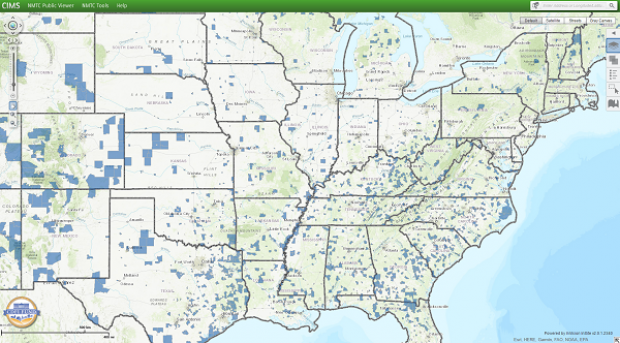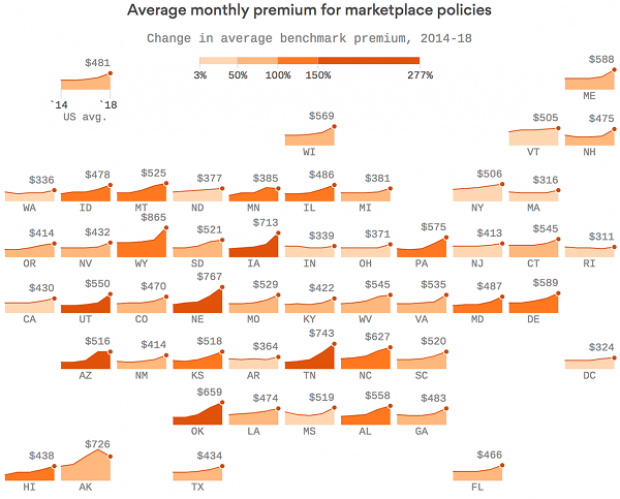North Dakota Police Can Now Legally Use Taser Drones

It’s a classic case of unintended consequences. A Republican lawmaker in North Dakota put forth legislation meant to prevent law enforcement officials from using unmanned aerial vehicles to conduct surveillance on private property without a warrant. It was transformed by fellow lawmakers into a bill allowing the police to mount Tasers, pepper spray, sound cannons and other “less-than-lethal” weapons on flying drones.
The legislation, House Bill 1328, was passed and signed into law earlier this year, but got little attention until this week, when a Daily Beast report pointed out the implications of the legislation: Law enforcement officers many miles away from suspects could have the authority to stun or otherwise incapacitate them.
Related: Ben Carson’s Idea for Controlling the Border – Military Drone Attacks
To be clear, the fact that something like this is technically legal doesn’t mean that state and local police departments will necessarily embrace the practice of remotely subduing suspects. Police officers are generally subject to local and departmental rules that can substantially limit what tactics are allowed.
The original version of the bill included language that would have barred law enforcement from mounting weapons of any kind on a drone: “A state agency may not authorize the use of, including granting a permit to use, an unmanned aircraft armed with any lethal or nonlethal weapons, including firearms, pepper spray, bean bag guns, mace, and sound-based weapons,” it said.
Supporters of the state’s police union introduced an amendment to the bill that would allow less-than-lethal weapons to be mounted on drones, according to the Daily Beast’s Justin Glawe. The amended bill was ultimately passed and signed into law.
Related: Europe Faces Up to Flight Safety Threat Posed by Drones
State Rep. Rick Becker this spring voiced his dismay at the changes to the bill in a public hearing, saying, “In my opinion there should be a nice, red line: Drones should not be weaponized. Period.”
Drones have, of course, been weaponized for years — the strikes just haven’t been in the U.S. If North Dakota is taking the lead, however, that might be about to change.
Top Reads from The Fiscal Times
- Trump Turns a Covetous Eye Toward Evangelical Voters
- Are Immigrants Really Taking American Jobs?
- Why the New Debt Ceiling Deadline Could Be Crucial
GOP Tax Cuts Getting Less Popular, Poll Finds
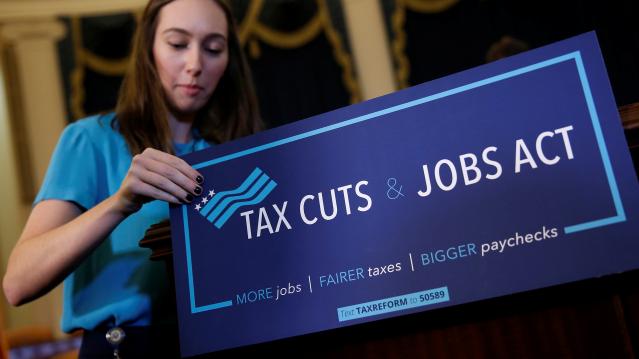
Friday marked the six-month anniversary of President Trump’s signing the Republican tax overhaul into law, and public opinion of the law is moving in the wrong direction for the GOP. A Monmouth University survey conducted earlier this month found that 34 percent of the public approves of the tax reform passed by Republicans late last year, while 41 percent disapprove. Approval has fallen by 6 points since late April and disapproval has slipped 3 points. The percentage of people who aren’t sure how they feel about the plan has risen from 16 percent in April to 24 percent this month.
Other findings from the poll of 806 U.S. adults:
- 19 percent approve of the job Congress is doing; 67 percent disapprove
- 40 percent say the country is heading in the right direction, up from 33 percent in April
- Democrats hold a 7-point edge in a generic House ballot
Special Tax Break Zones Defined for All 50 States

The U.S. Treasury has approved the final group of opportunity zones, which offer tax incentives for investments made in low-income areas. The zones were created by the tax law signed in December.
Bill Lucia of Route Fifty has some details: “Treasury says that nearly 35 million people live in the designated zones and that census tracts in the zones have an average poverty rate of about 32 percent based on figures from 2011 to 2015, compared to a rate of 17 percent for the average U.S. census tract.”
Click here to explore the dynamic map of the zones on the U.S. Treasury website.
Map of the Day: Affordable Care Act Premiums Since 2014
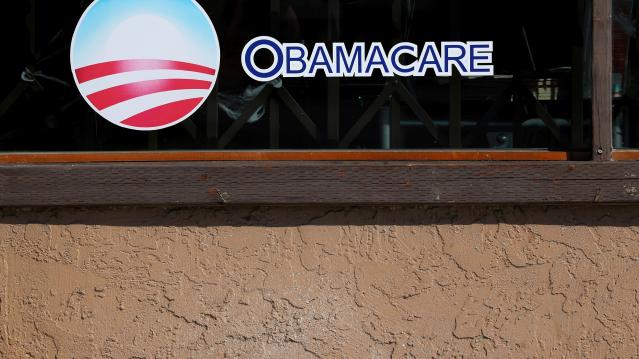
Axios breaks down how monthly premiums on benchmark Affordable Care Act policies have risen state by state since 2014. The average increase: $481.
Obamacare Repeal Would Lead to 17.1 Million More Uninsured in 2019: Study
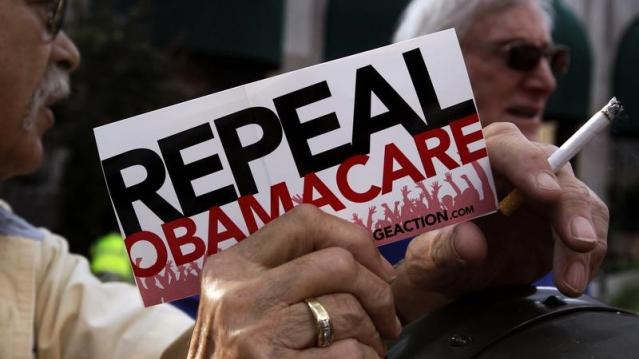
A new analysis by the Urban Institute finds that if the Affordable Care Act were eliminated entirely, the number of uninsured would rise by 17.1 million — or 50 percent — in 2019. The study also found that federal spending would be reduced by almost $147 billion next year if the ACA were fully repealed.
Your Tax Dollars at Work
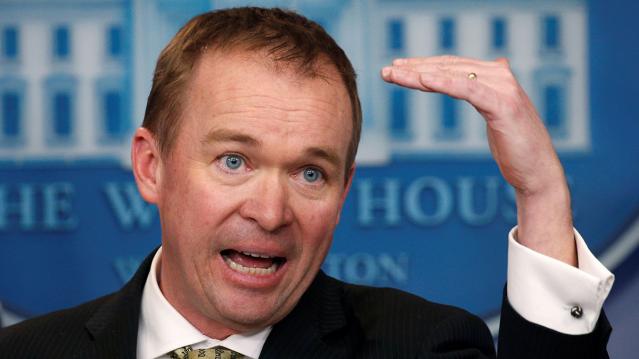
Mick Mulvaney has been running the Consumer Financial Protection Bureau since last November, and by all accounts the South Carolina conservative is none too happy with the agency charged with protecting citizens from fraud in the financial industry. The Hill recently wrote up “five ways Mulvaney is cracking down on his own agency,” and they include dropping cases against payday lenders, dismissing three advisory boards and an effort to rebrand the operation as the Bureau of Consumer Financial Protection — a move critics say is intended to deemphasize the consumer part of the agency’s mission.
Mulvaney recently scored a small victory on the last point, changing the sign in the agency’s building to the new initials. “The Consumer Financial Protection Bureau does not exist,” Mulvaney told Congress in April, and now he’s proven the point, at least when it comes to the sign in his lobby (h/t to Vox and thanks to Alan Zibel of Public Citizen for the photo, via Twitter).


